Utilization of Multisensor Satellite Data for Developing Spatial Distribution of Methane Emission on Rice Paddy Field in Subang, West Java
Abstract
1. Introduction
2. Materials and Methods
2.1. Study Area
2.2. Data Collection and Pre-Processing
2.2.1. Sentinel-1 for Rice Age Identification
2.2.2. ALOS-2/PALSAR-2 for Water Regime Analysis
2.2.3. Daily Flux of Local CH4 from Closed-Chamber
2.2.4. Water Level Measurement Using Internet of Things (IoT)
2.3. Methods
2.3.1. IPCC Guidelines
2.3.2. Rice Cultivation Mapping
2.3.3. Rice Age
2.3.4. Identification of Inundated and Non-Inundated Areas
2.3.5. In-Situ CH4 Measurement Using Closed-Chamber Method
3. Results
3.1. Rice Cultivation Area
3.2. Rice Age (Growing Periods)
3.3. Water Regime Characterization Using ALOS-2/PALSAR-2 Backscatter and IoT Water Level Observations
3.4. Emission Factor Local (EFlocal) Using Closed-Chamber Method
3.5. Spatial Distributions of CH4 Emission
4. Discussion
4.1. Rice Age Estimation Using Sentinel-1 SAR
4.2. Water Regime Classification Using ALOS-2/PALSAR-2
4.3. Comparison of Local Emission Factor (EFlocal) and National Standard (EFnational)
4.4. Spatial Distribution of CH4 Emissions
4.5. Study Limitations and Future Research
5. Conclusions
Author Contributions
Funding
Data Availability Statement
Acknowledgments
Conflicts of Interest
References
- Conrad, R. The Global Methane Cycle: Recent Advances in Understanding the Microbial Processes Involved. Environ. Microbiol. Rep. 2009, 1, 285–292. [Google Scholar] [CrossRef] [PubMed]
- IPCC. 2019 Refinement to the 2006 IPCC Guidelines for National Greenhouse Gas Inventories Volume 4 Agriculture, Forestry and Other Land Use Chapter 5 Cropland; IPCC: Hayama, Japan, 2019. [Google Scholar]
- Wang, Y.; Tao, F.; Chen, Y.; Yin, L. Mapping Irrigation Regimes in Chinese Paddy Lands through Multi-Source Data Assimilation. Agric. Water Manag. 2024, 304, 109083. [Google Scholar] [CrossRef]
- FAO. World Food and Agriculture—Statistical Yearbook 2020; FAO: Rome, Italy, 2020; ISBN 978-92-5-133394-5. [Google Scholar]
- Velthof, G.L.; van Bruggen, C.; Groenestein, C.M.; de Haan, B.J.; Hoogeveen, M.W.; Huijsmans, J.F.M. A Model for Inventory of Ammonia Emissions from Agriculture in the Netherlands. Atmos. Environ. 2012, 46, 248–255. [Google Scholar] [CrossRef]
- Alhashim, R.; Deepa, R.; Anandhi, A. Environmental Impact Assessment of Agricultural Production Using LCA: A Review. Climate 2021, 9, 164. [Google Scholar] [CrossRef]
- Yan, X.; Akiyama, H.; Yagi, K.; Akimoto, H. Global Estimations of the Inventory and Mitigation Potential of Methane Emissions from Rice Cultivation Conducted Using the 2006 Intergovernmental Panel on Climate Change Guidelines. Glob. Biogeochem. Cycles 2009, 23, GB2002. [Google Scholar] [CrossRef]
- Rashid, M.A.; Bastami, M.S.; Bakar, N.A.A.; Jumat, F.; Suptian, M.F.M.; Rahman, M.H.A.; Azmin, A.A.; Talib, S.A.A. Development of National Emission Factor for Rice Production System in Malaysia: A Step Toward Achieving Sustainable Development Goals. J. Lifestyle SDG’S Rev. 2024, 5, e02774. [Google Scholar] [CrossRef]
- Asch, F.; Johnson, K.; Vo, T.B.T.; Sander, B.O.; Duong, V.N.; Wassmann, R. Varietal Effects on Methane Intensity of Paddy Fields under Different Irrigation Management. J. Agron. Crop. Sci. 2023, 209, 876–886. [Google Scholar] [CrossRef]
- Chidthaisong, A.; Cha-un, N.; Rossopa, B.; Buddaboon, C.; Kunuthai, C.; Sriphirom, P.; Towprayoon, S.; Tokida, T.; Padre, A.T.; Minamikawa, K. Evaluating the Effects of Alternate Wetting and Drying (AWD) on Methane and Nitrous Oxide Emissions from a Paddy Field in Thailand. Soil Sci. Plant Nutr. 2018, 64, 31–38. [Google Scholar] [CrossRef]
- Li, L.; Li, F.; Dong, Y. Greenhouse Gas Emissions and Global Warming Potential in Double-Cropping Rice Fields as Influenced by Two Water-Saving Irrigation Modes in South China. J. Soil Sci. Plant Nutr. 2020, 20, 2617–2630. [Google Scholar] [CrossRef]
- Arai, H.; Takeuchi, W.; Oyoshi, K.; Nguyen, L.D.; Inubushi, K. Estimation of Methane Emissions from Rice Paddies in the Mekong Delta Based on Land Surface Dynamics Characterization with Remote Sensing. Remote Sens. 2018, 10, 1438. [Google Scholar] [CrossRef]
- Jang, S.; Park, J.; Lee, H.; Gou, J.; Song, I. Assessing Paddy Methane Emissions through the Identification of Rice and Winter Crop Areas Using Sentinel-2 Imagery in Korea. Paddy Water Environ. 2024, 22, 401–414. [Google Scholar] [CrossRef]
- Liang, R.; Zhang, Y.; Hu, Q.; Li, T.; Li, S.; Yuan, W.; Xu, J.; Zhao, Y.; Zhang, P.; Chen, W.; et al. Satellite-Based Monitoring of Methane Emissions from China’s Rice Hub. Environ. Sci. Technol. 2024, 58, 23127–23137. [Google Scholar] [CrossRef] [PubMed]
- Sawettachat, S.; Routray, J.K.; Preeda, P.; Tripathi, N.K. Remote Sensing Modeling for Estimating Methane Gas Emission from Irrigated Paddy Fields in Thailand. Int. J. Appl. Environ. Sci. 2010, 5, 813–831. [Google Scholar]
- Tang, F.H.M.; Nguyen, T.H.; Conchedda, G.; Casse, L.; Tubiello, F.N.; Maggi, F. CROPGRIDS: A Global Geo-Referenced Dataset of 173 Crops. Sci. Data 2024, 11, 413. [Google Scholar] [CrossRef]
- Zhao, Z.; Dong, J.; Zhang, G.; Yang, J.; Liu, R.; Wu, B.; Xiao, X. Improved Phenology-Based Rice Mapping Algorithm by Integrating Optical and Radar Data. Remote Sens. Environ. 2024, 315, 114460. [Google Scholar] [CrossRef]
- Chen, N.; Yu, L.; Zhang, X.; Shen, Y.; Zeng, L.; Hu, Q.; Niyogi, D. Mapping Paddy Rice Fields by Combining Multi-Temporal Vegetation Index and Synthetic Aperture Radar Remote Sensing Data Using Google Earth Engine Machine Learning Platform. Remote Sens. 2020, 12, 2992. [Google Scholar] [CrossRef]
- Zhao, R.; Li, Y.; Ma, M. Mapping Paddy Rice with Satellite Remote Sensing: A Review. Sustainability 2021, 13, 503. [Google Scholar] [CrossRef]
- Kustiyo; Rochmatuloh; Saputro, A.H.; Kushardono, D. Developing the Temporal Composite of Sentinel-1 SAR Data to Identify Paddy Field Area in Subang, West Java. In Proceedings of the Sixth International Symposium on LAPAN-IPB Satellite, Bogor, Indonesia, 17–18 September 2019; Volume 11372, p. 113720H. [Google Scholar]
- Fatchurrachman; Rudiyanto; Soh, N.C.; Shah, R.M.; Giap, S.G.; Setiawan, B.I.; Minasny, B. High-Resolution Mapping of Paddy Rice Extent and Growth Stages across Peninsular Malaysia Using a Fusion of Sentinel-1 and 2 Time Series Data in Google Earth Engine. Remote Sens. 2022, 14, 1875. [Google Scholar] [CrossRef]
- Gao, Y.; Pan, Y.; Zhu, X.; Li, L.; Ren, S.; Zhao, C.; Zheng, X. FARM: A Fully Automated Rice Mapping Framework Combining Sentinel-1 SAR and Sentinel-2 Multi-Temporal Imagery. Comput. Electron. Agric. 2023, 213, 108262. [Google Scholar] [CrossRef]
- Muradi, H.; Domiri, D.D.; Parsa, I.M.; Yoga, I.K.; Bustamam, A.; Rarasati, A.; Harini, S.; Manalu, R.J.; Subehi, M. Rice Phenology Classification Model Based on Sentinel-1 Using Machine Learning Method on Google Earth Engine. Can. J. Remote Sens. 2024, 50, 2368036. [Google Scholar] [CrossRef]
- Du, M.; Huang, J.; Wei, P.; Yang, L.; Chai, D.; Peng, D.; Sha, J.; Sun, W.; Huang, R. Dynamic Mapping of Paddy Rice Using Multi-Temporal Landsat Data Based on a Deep Semantic Segmentation Model. Agronomy 2022, 12, 1583. [Google Scholar] [CrossRef]
- Thorp, K.R.; Drajat, D. Deep Machine Learning with Sentinel Satellite Data to Map Paddy Rice Production Stages across West Java, Indonesia. Remote Sens. Environ. 2021, 265, 112679. [Google Scholar] [CrossRef]
- Tamilmounika, R.; Muthumanickam, D.; Pazhanivelan, S.; Ragunath, K.P.; Kumaraperumal, R.; Sivamurugan, A.P.; Satheesh, S.; Sudarmanian, N.S. Quantifying Methane Emissions in Major Rice Growing Areas of Tamil Nadu Using Remote Sensing and Land Surface Temperature Model. Plant Sci. Today 2024, 11, 5604. [Google Scholar] [CrossRef]
- Shi, Y.; Lou, Y.; Zhang, Z.; Ma, L.; Ojara, M.A. Estimation of Methane Emissions Based on Crop Yield and Remote Sensing Data in a Paddy Field. Greenh. Gases Sci. Technol. 2020, 10, 196–207. [Google Scholar] [CrossRef]
- Sasai, T.; Nakai, S.; Ono, K.; Mano, M.; Miyata, A. Estimation of Methane Emission from Rice Paddy Soils in Japan Using the Diagnostic Ecosystem Model. J. Agric. Meteorol. 2017, 73, 133–139. [Google Scholar] [CrossRef]
- Torbick, N.; Salas, W.; Chowdhury, D.; Ingraham, P.; Trinh, M. Mapping Rice Greenhouse Gas Emissions in the Red River Delta, Vietnam. Carbon Manag. 2017, 8, 99–108. [Google Scholar] [CrossRef]
- Ouyang, Z.; Jackson, R.B.; McNicol, G.; Fluet-Chouinard, E.; Runkle, B.R.K.; Papale, D.; Knox, S.H.; Cooley, S.; Delwiche, K.B.; Feron, S.; et al. Paddy Rice Methane Emissions across Monsoon Asia. Remote Sens. Environ. 2023, 284, 113335. [Google Scholar] [CrossRef]
- Phan, H.; Toan, T.L.; Bouvet, A. Understanding Dense Time Series of Sentinel-1 Backscatter from Rice Fields: Case Study in a Province of the Mekong Delta, Vietnam. Remote Sens. 2021, 13, 921. [Google Scholar] [CrossRef]
- Hoshikawa, K.; Phontusang, P.; Katawatin, R. Synthetic Aperture Radar Polarised Backscattering Behaviour in Partially Inundated Agricultural Fields. Eur. J. Remote Sens. 2023, 56, 2269305. [Google Scholar] [CrossRef]
- Bazzi, H.; Baghdadi, N.; Charron, F.; Zribi, M. Comparative Analysis of the Sensitivity of SAR Data in C and L Bands for the Detection of Irrigation Events. Remote Sens. 2022, 14, 2312. [Google Scholar] [CrossRef]
- BPS. Provinsi Jawa Barat Dalam Angka 2024; The Central Bureau of Statistics: Bandung, Indonesia, 2024. [Google Scholar]
- Leopold, L.B.; Wolman, M.G.; Miller, J.P.; Wohl, E.E. Fluvial Processes in Geomorphology; Dover Publications: Garden City, NY, USA, 2020; ISBN 0-486-84552-4. [Google Scholar]
- Indonesian Ministry of Energy and Mineral Resources. Geological Map of Remote Sensing Image Interpretation Pamanukan Sheet, West Java. Available online: https://geologi.esdm.go.id/geomap/pages/preview/peta-geologi-interpretasi-citra-inderaan-jauh-lembar-pamanukan-jawa-barat (accessed on 25 February 2025).
- Indonesian Statistic Agency. Subang Regency in Figures 2024; The Central Bureau of Statistics: Bandung, Indonesia, 2024. [Google Scholar]
- Shimada, M.; Isoguchi, O.; Tadono, T.; Isono, K. PALSAR Radiometric and Geometric Calibration. IEEE Trans. Geosci. Remote Sens. 2009, 47, 3915–3932. [Google Scholar] [CrossRef]
- Qazi, W.A.; Baig, S.; Gilani, H.; Waqar, M.M.; Dhakal, A.; Ammar, A. Comparison of Forest Aboveground Biomass Estimates from Passive and Active Remote Sensing Sensors over Kayar Khola Watershed, Chitwan District, Nepal. J. Appl. Remote Sens 2017, 11, 026038. [Google Scholar] [CrossRef]
- Lee, J.-S.; Grunes, M.R.; De Grandi, G. Polarimetric SAR Speckle Filtering and Its Implication for Classification. IEEE Trans. Geosci. Remote Sens. 1999, 37, 2363–2373. [Google Scholar] [CrossRef]
- Susilawati, H.L.; Dariah, A.; Agus, F. Metode Perhitungan Mitigasi Emisi Gas Rumah Kaca Sektor Pertanian; Ministry of Agriculture of the Republic of Indonesia: Jakarta, Indonesia, 2020.
- Panda, S.; Ram, V.; Jena, P.; Goswami, J.; Thakuria, D.; Dutta, F.; Pati, P.; Chainy, S. Digital Mapping of Dates of Transplanting and Accumulated Thermal Requirement of Rice (Oryza sativa L.) in the Subtropics of North Eastern Hill Region, India. Eur. J. Remote Sens. 2024, 57, 2406796. [Google Scholar] [CrossRef]
- Cauba, A.G.; Darvishzadeh, R.; Schlund, M.; Nelson, A.; Laborte, A. Estimation of Transplanting and Harvest Dates of Rice Crops in the Philippines Using Sentinel-1 Data. Remote Sens. Appl. Soc. Environ. 2025, 37, 101435. [Google Scholar] [CrossRef]
- Nesha, M.K.; Hussin, Y.A.; Van Leeuwen, L.M.; Sulistioadi, Y.B. Modeling and Mapping Aboveground Biomass of the Restored Mangroves Using ALOS-2 PALSAR-2 in East Kalimantan, Indonesia. Int. J. Appl. Earth Obs. Geoinf. 2020, 91, 102158. [Google Scholar] [CrossRef]
- Zaman, M.; Heng, L.; Müller, C. (Eds.) Measuring Emission of Agricultural Greenhouse Gases and Developing Mitigation Options Using Nuclear and Related Techniques: Applications of Nuclear Techniques for GHGs; Springer International Publishing: Cham, Switzerland, 2021; ISBN 978-3-030-55395-1. [Google Scholar]
- Li, C.; Han, W.; Peng, M.; Zhang, M. Developing an Automated Gas Sampling Chamber for Measuring Variations in CO2 Exchange in a Maize Ecosystem at Night. Sensors 2020, 20, 6117. [Google Scholar] [CrossRef]
- Yang, T.; Yang, Z.; Xu, C.; Li, F.; Fang, F.; Feng, J. Greenhouse Gas Emissions from Double-Season Rice Field under Different Tillage Practices and Fertilization Managements in Southeast China. Agronomy 2023, 13, 1887. [Google Scholar] [CrossRef]
- Rudiyanto; Minasny, B.; Shah, R.; Che Soh, N.; Arif, C.; Indra Setiawan, B. Automated Near-Real-Time Mapping and Monitoring of Rice Extent, Cropping Patterns, and Growth Stages in Southeast Asia Using Sentinel-1 Time Series on a Google Earth Engine Platform. Remote Sens. 2019, 11, 1666. [Google Scholar] [CrossRef]
- Yang, H.; Pan, B.; Li, N.; Wang, W.; Zhang, J.; Zhang, X. A Systematic Method for Spatio-Temporal Phenology Estimation of Paddy Rice Using Time Series Sentinel-1 Images. Remote Sens. Environ. 2021, 259, 112394. [Google Scholar] [CrossRef]
- Tamkuan, N.; Nagai, M. ALOS-2 and Sentinel-1 Backscattering Coefficients for Water and Flood Detection in Nakhon Phanom Province, Northeastern Thailand. IJG 2021, 17, 39–48. [Google Scholar] [CrossRef]
- Yan, X.; Yagi, K.; Akiyama, H.; Akimoto, H. Statistical Analysis of the Major Variables Controlling Methane Emission from Rice Fields. Glob. Change Biol. 2005, 11, 1131–1141. [Google Scholar] [CrossRef]
- Zhang, C.; Comas, X.; Brodylo, D. A Remote Sensing Technique to Upscale Methane Emission Flux in a Subtropical Peatland. JGR Biogeosci. 2020, 125, e2020JG006002. [Google Scholar] [CrossRef]
- Pramono, A.; Adriany, T.A.; Al Viandari, N.; Susilawati, H.L.; Wihardjaka, A.; Sutriadi, M.T.; Yusuf, W.A.; Ariani, M.; Wagai, R.; Tokida, T.; et al. Higher Rice Yield and Lower Greenhouse Gas Emissions with Cattle Manure Amendment Is Achieved by Alternate Wetting and Drying. Soil Sci. Plant Nutr. 2024, 70, 129–138. [Google Scholar] [CrossRef]
- Gupta, K.; Kumar, R.; Baruah, K.K.; Hazarika, S.; Karmakar, S.; Bordoloi, N. Greenhouse Gas Emission from Rice Fields: A Review from Indian Context. Environ. Sci. Pollut. Res. 2021, 28, 30551–30572. [Google Scholar] [CrossRef]
- Wang, S.; Liu, Q.; Li, J.; Wang, Z. Methane in Wastewater Treatment Plants: Status, Characteristics, and Bioconversion Feasibility by Methane Oxidizing Bacteria for High Value-Added Chemicals Production and Wastewater Treatment. Water Res. 2021, 198, 117122. [Google Scholar] [CrossRef]
- Iqbal, M.F.; Liu, S.; Zhu, J.; Zhao, L.; Qi, T.; Liang, J.; Luo, J.; Xiao, X.; Fan, X. Limited Aerenchyma Reduces Oxygen Diffusion and Methane Emission in Paddy. J. Environ. Manag. 2021, 279, 111583. [Google Scholar] [CrossRef]
- Win, E.P.; Win, K.K.; Bellingrath-Kimura, S.D.; Oo, A.Z. Influence of Rice Varieties, Organic Manure and Water Management on Greenhouse Gas Emissions from Paddy Rice Soils. PLoS ONE 2021, 16, e0253755. [Google Scholar] [CrossRef]
- Bwire, D.; Saito, H.; Sidle, R.C.; Nishiwaki, J. Water Management and Hydrological Characteristics of Paddy-Rice Fields under Alternate Wetting and Drying Irrigation Practice as Climate Smart Practice: A Review. Agronomy 2024, 14, 1421. [Google Scholar] [CrossRef]
- Song, T.; Das, D.; Yang, F.; Chen, M.; Tian, Y.; Cheng, C.; Sun, C.; Xu, W.; Zhang, J. Genome-Wide Transcriptome Analysis of Roots in Two Rice Varieties in Response to Alternate Wetting and Drying Irrigation. Crop. J. 2020, 8, 586–601. [Google Scholar] [CrossRef]
- Das, K.; Baruah, K.K. Methane Emission Associated with Anatomical and Morphophysiological Characteristics of Rice (Oryza sativa) Plant. Physiol. Plant. 2008, 134, 303–312. [Google Scholar] [CrossRef]
- Qi, Z.; Guan, S.; Zhang, Z.; Du, S.; Li, S.; Xu, D. Effect and Mechanism of Root Characteristics of Different Rice Varieties on Methane Emissions. Agronomy 2024, 14, 595. [Google Scholar] [CrossRef]
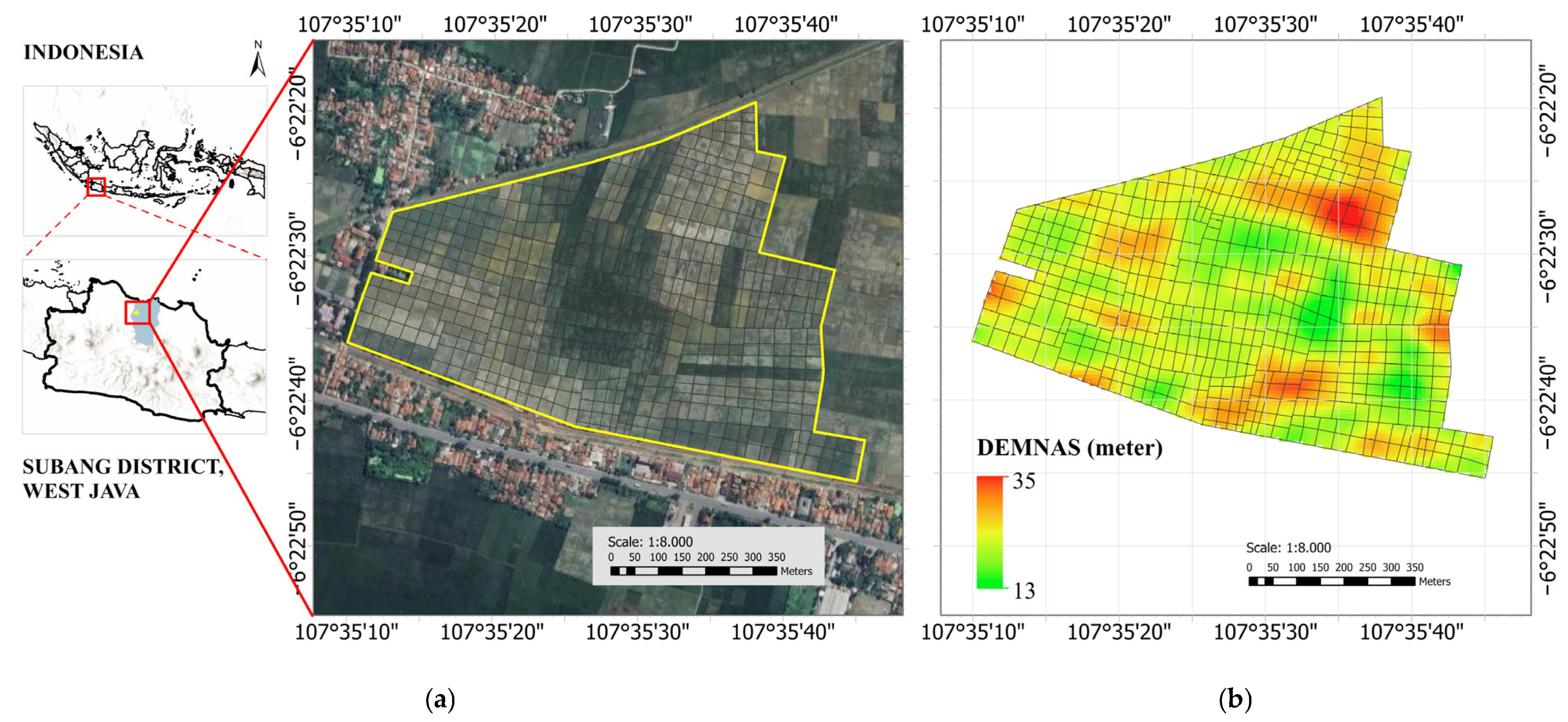
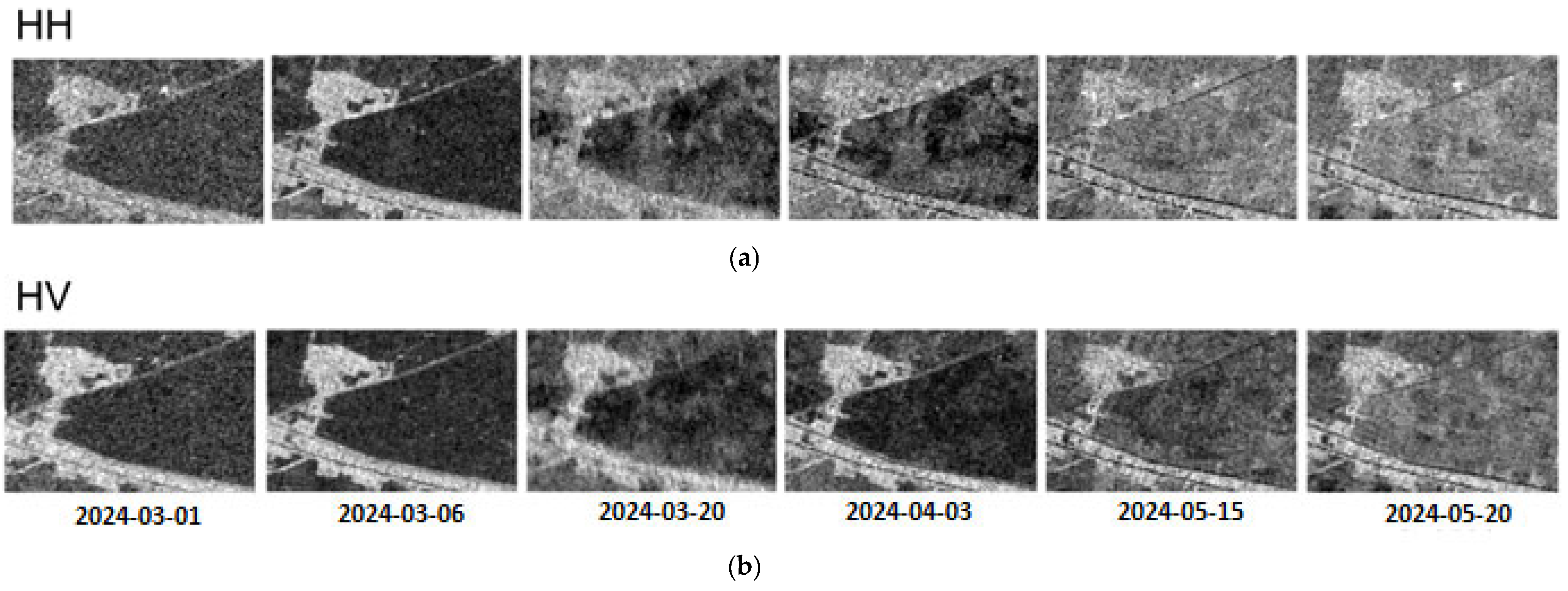
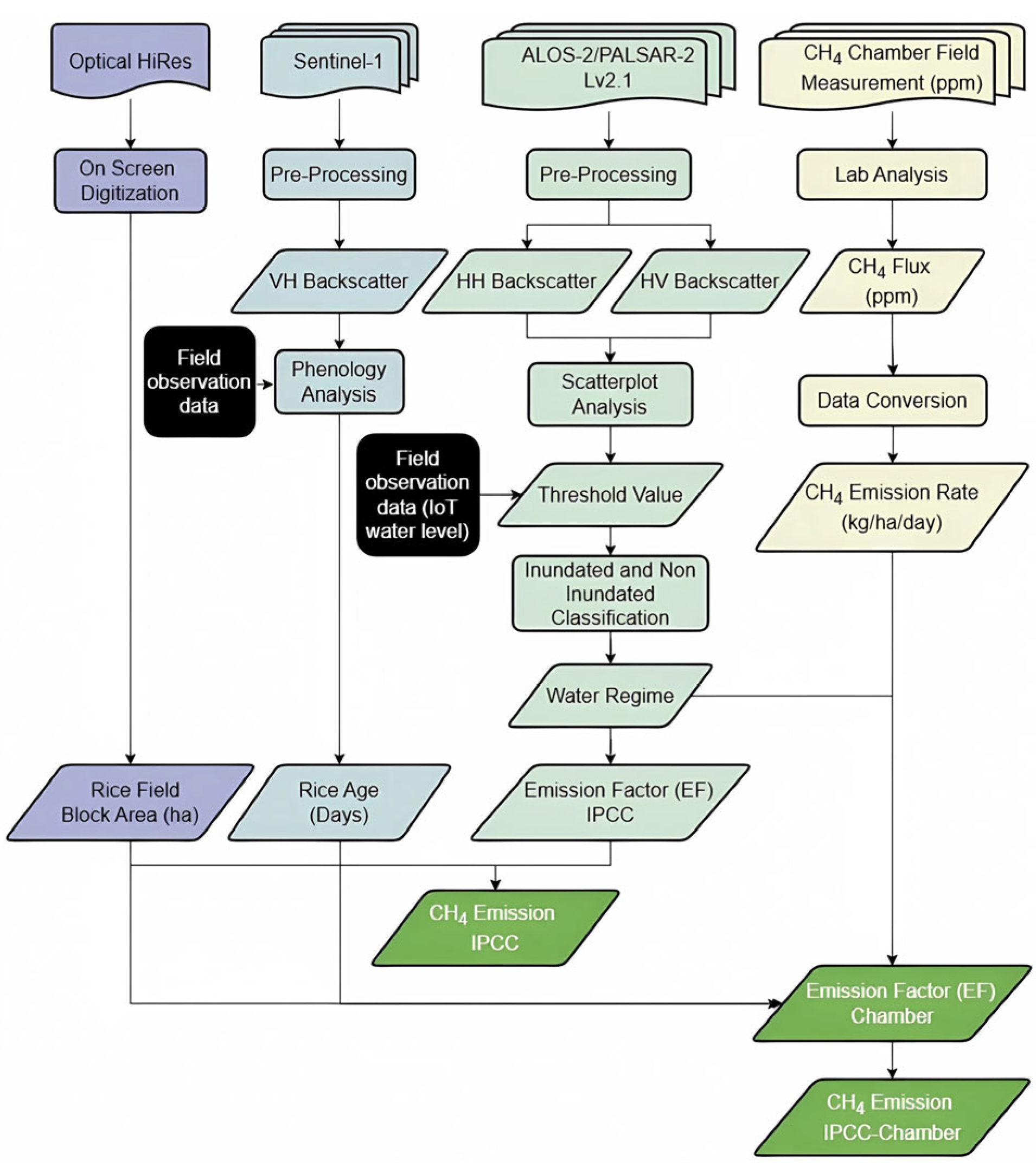
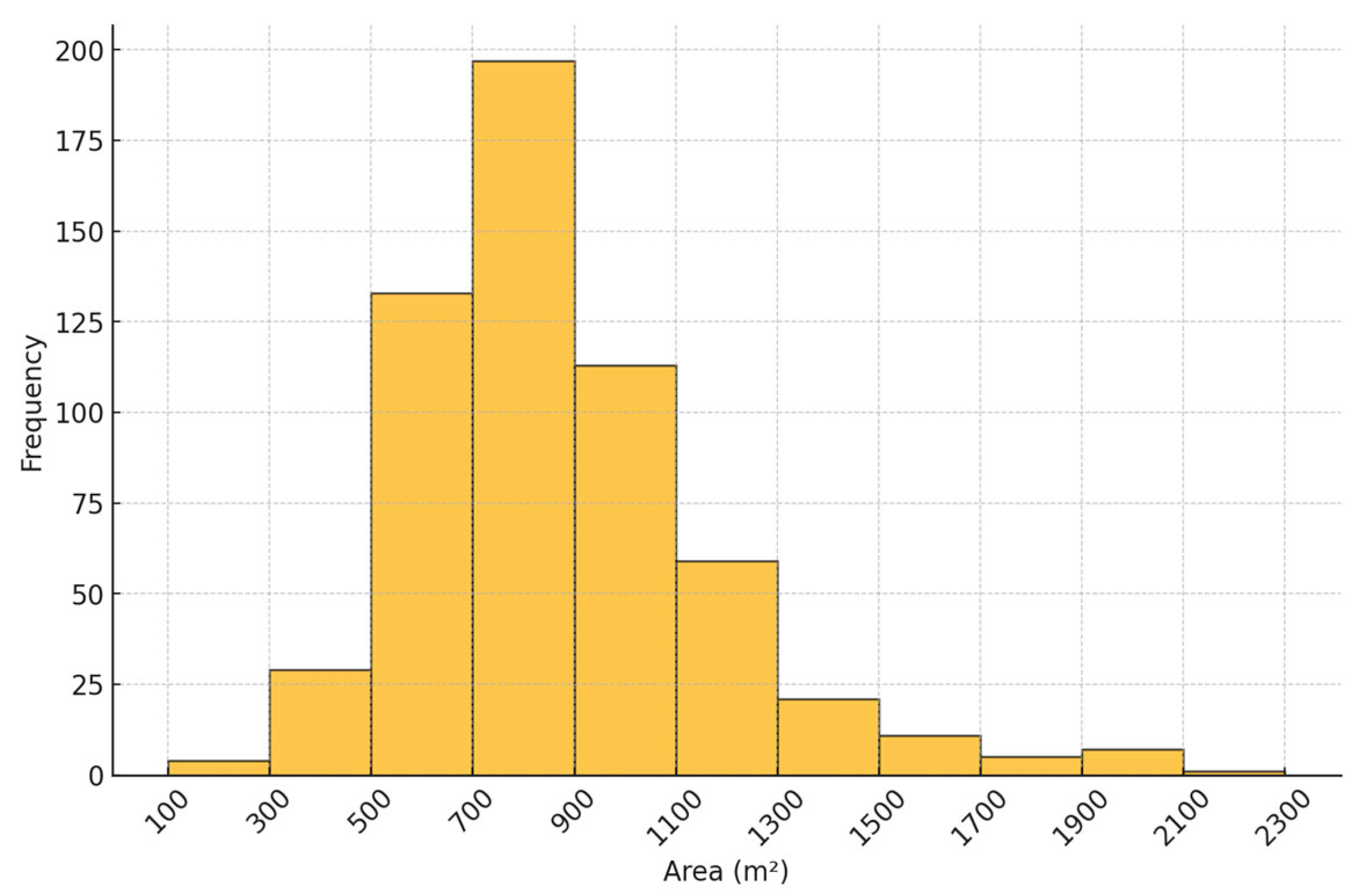


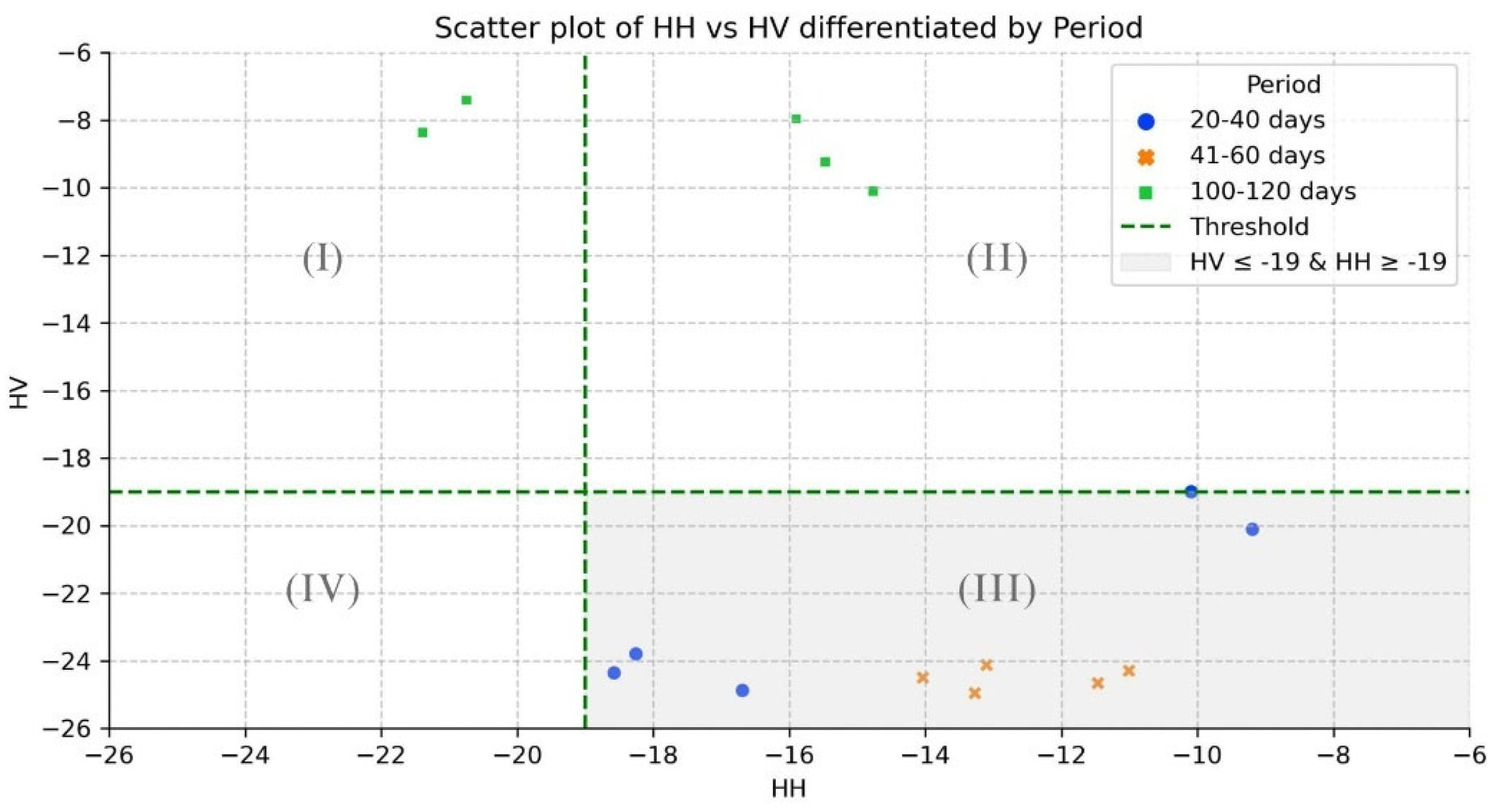
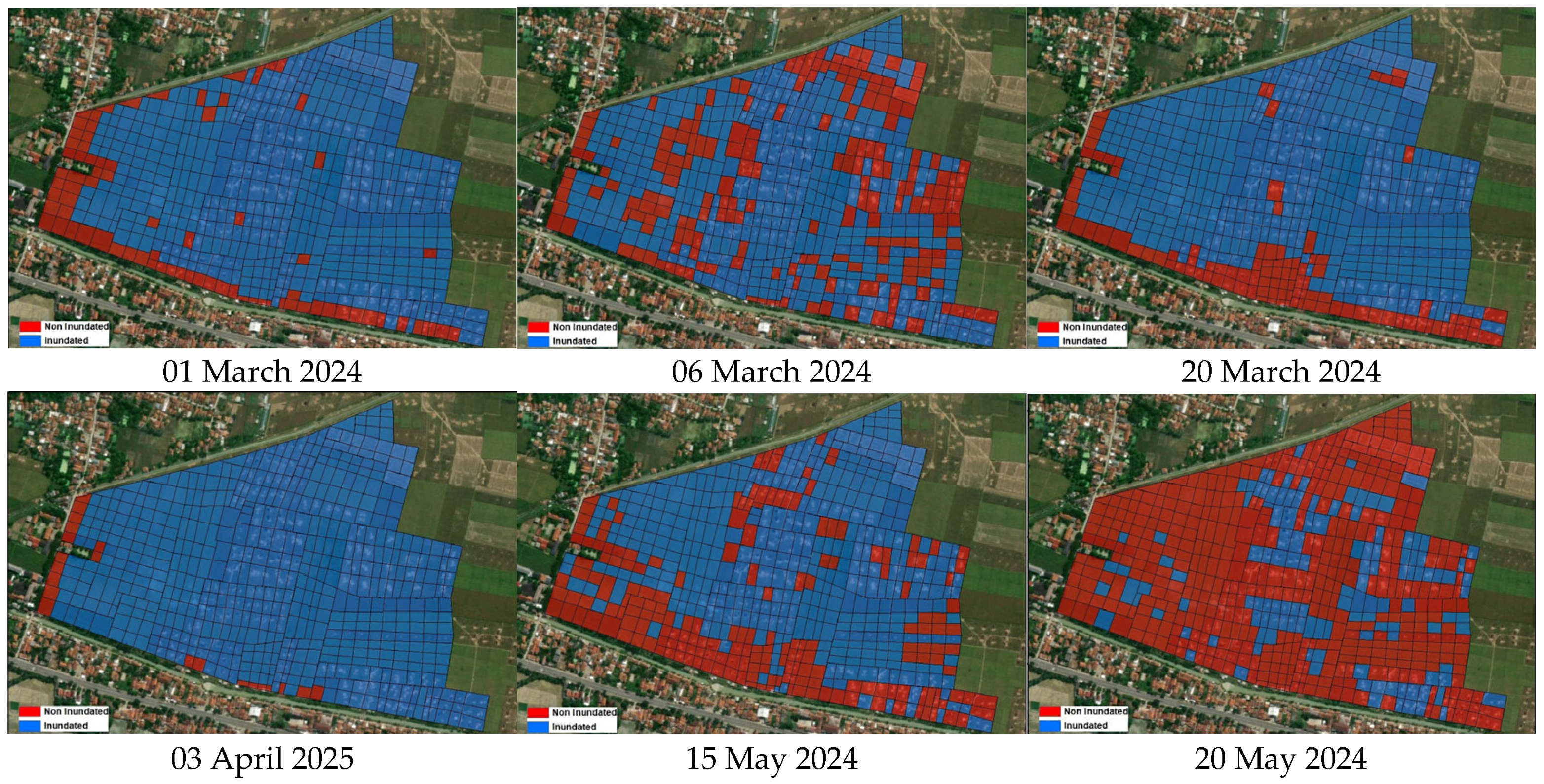
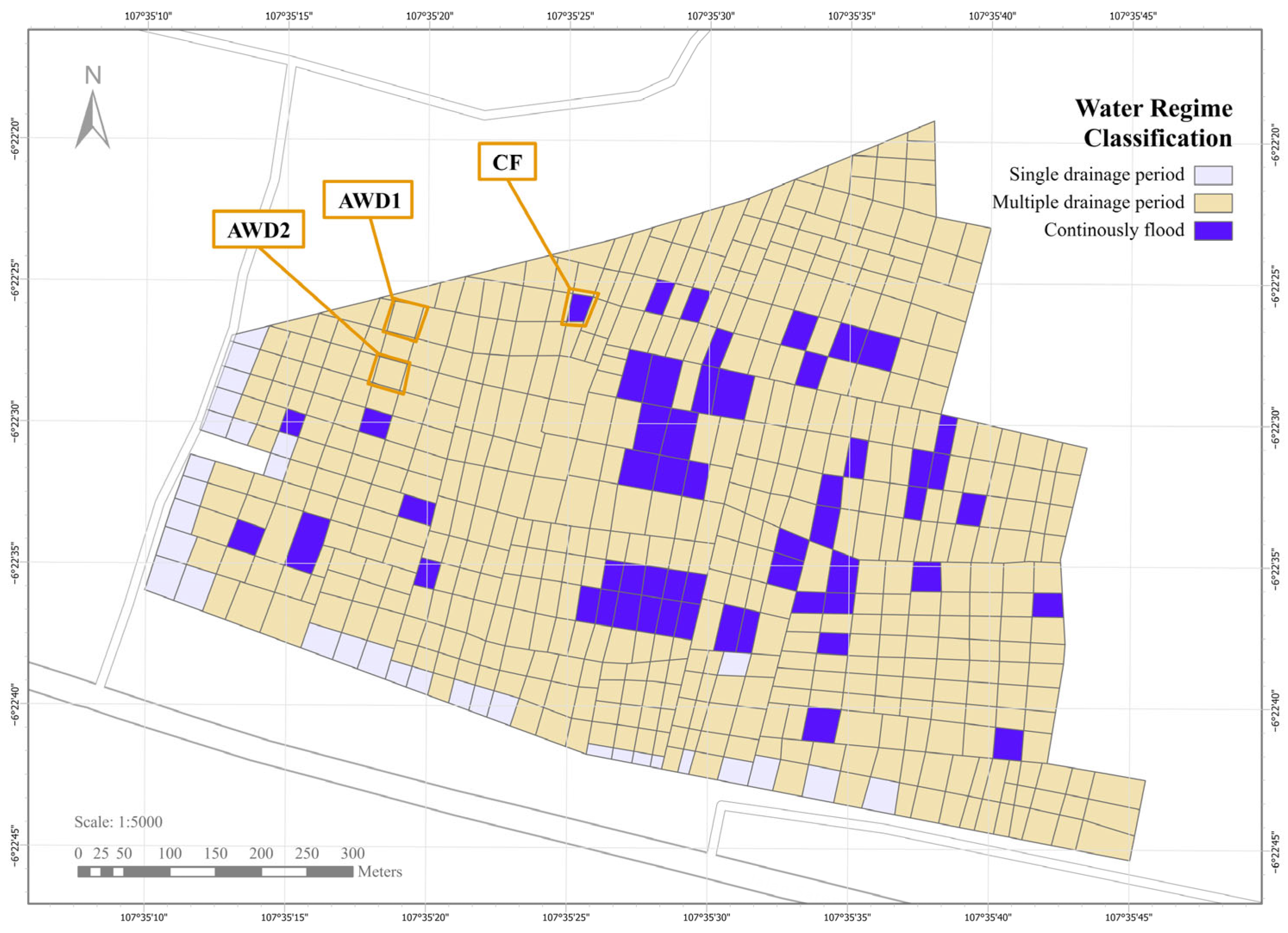

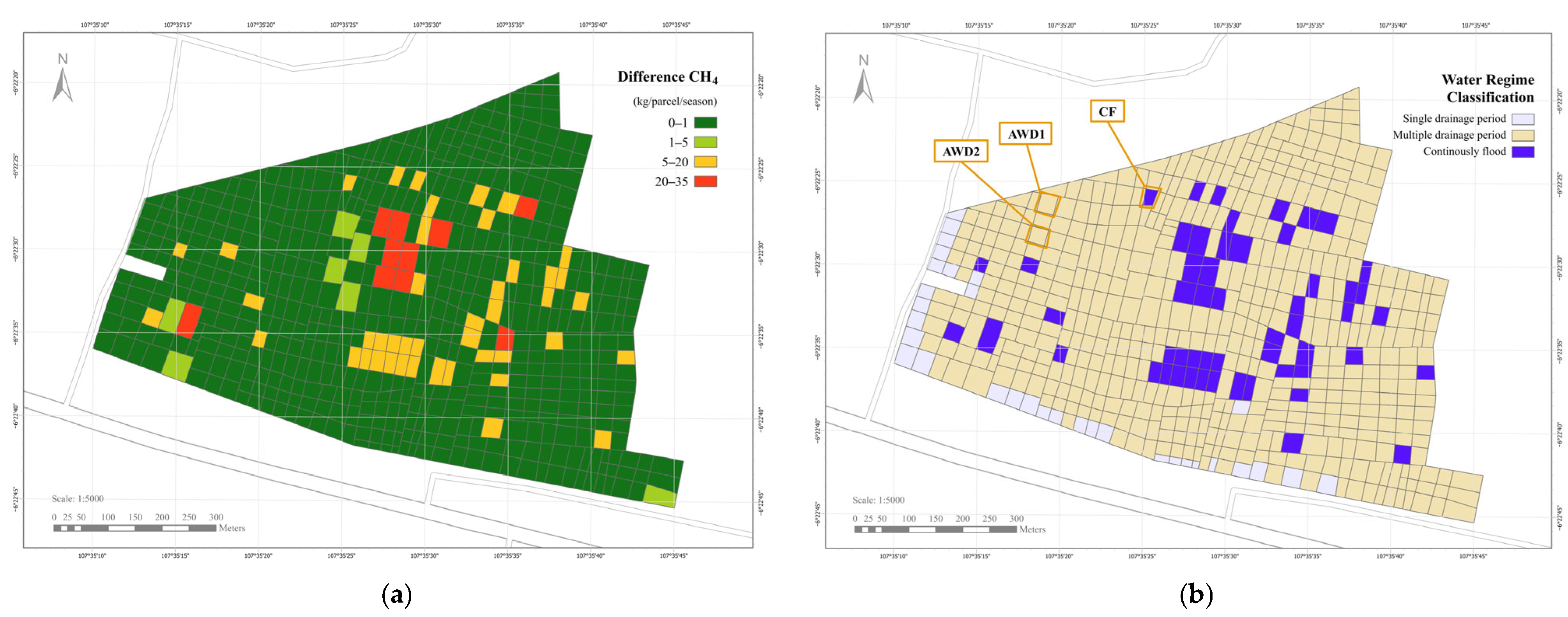
| Region | Emission Factor (EF) (kg ha−1 d−1) | Error Range (kg ha−1 d−1) | Source |
|---|---|---|---|
| World | 1.19 | 0.80–1.76 | IPCC Guidelines [2] |
| Southeast Asia | 1.22 | 0.83–1.81 | IPCC Guidelines [2] |
| Indonesia | 1.61 | - | Indonesian standard of CH4 emission calculation [41] |
| Water Regime | Southeast Asia | Indonesia | ||
|---|---|---|---|---|
| Scaling Factor (SFw) | Error Range | Scaling Factor (SFw) | ||
| Upland | 0 | - | ||
| Irrigated | Continuously flooded | 1.00 | 0.73–1.27 | 1.00 |
| Single drainage period | 0.71 | 0.53–0.94 | 0.71 | |
| Multiple drainage periods | 0.55 | 0.41–0.72 | 0.46 | |
| Rainfed and deepwater | Regular rainfed | 0.54 | 0.39–0.74 | 0.49 |
| Drought prone | 0.16 | 0.11–0.24 | - | |
| Deepwater | 0.06 | 0.03–0.12 | - | |
| Period (Days) | Mean Water Level (mm) | Minimum (mm) | Maximum (mm) | Number of Samples |
|---|---|---|---|---|
| 20–40 | 49 | 10 | 87 | 6 |
| 41–60 | 35 | −2 | 80 | 6 |
| 100–120 | −49 | −180 | 16 | 6 |
| Treatments | Daily Fluxes of CH4 mg CH4 m−2 Days−1 | Total | Average | ||||||
|---|---|---|---|---|---|---|---|---|---|
| 14 DAT | 28 DAT | 41 DAT | 56 DAT | 71 DAT | 85 DAT | (kg ha−1 Season−1) | |||
| AWD1 | I | 42.10 | 133.03 | 7.40 | 0.19 | 15.02 | 0.00 | 27.10 | 27.97 |
| II | 15.98 | 12.75 | 157.43 | 2.71 | 2.66 | 16.38 | 28.84 | ||
| AWD2 | I | 95.67 | 215.23 | 50.50 | 3.43 | 0.00 | 5.69 | 50.74 | 41.21 |
| II | 18.34 | 103.02 | 84.77 | 5.18 | 9.29 | 9.70 | 31.68 | ||
| CF | I | 243.35 | 1227.33 | 914.10 | 0.00 | 336.30 | 27.50 | 379.93 | 292.74 |
| II | 343.61 | 247.95 | 348.11 | 133.79 | 353.69 | 31.04 | 205.55 | ||
| Water Regime | Emission Factor (kg ha−1 Day−1) | |
|---|---|---|
| Indonesia (EFnational × SFw National) |
Chamber (EFlocal) | |
| Continuous Flooding | 1.61 × 1.00 = 1.61 | 2.97 |
| Multiple drainages or AWD | 1.61 × 0.46 = 0.74 | 0.78 |
Disclaimer/Publisher’s Note: The statements, opinions and data contained in all publications are solely those of the individual author(s) and contributor(s) and not of MDPI and/or the editor(s). MDPI and/or the editor(s) disclaim responsibility for any injury to people or property resulting from any ideas, methods, instructions or products referred to in the content. |
© 2025 by the authors. Licensee MDPI, Basel, Switzerland. This article is an open access article distributed under the terms and conditions of the Creative Commons Attribution (CC BY) license (https://creativecommons.org/licenses/by/4.0/).
Share and Cite
Rahmi, K.I.N.; Sofan, P.; Pratikasiwi, H.A.; Adriany, T.A.; Novresiandi, D.A.; Handika, R.; Arief, R.; Susilawati, H.L.; Rohaeni, W.R.; Cahyana, D.; et al. Utilization of Multisensor Satellite Data for Developing Spatial Distribution of Methane Emission on Rice Paddy Field in Subang, West Java. Remote Sens. 2025, 17, 2154. https://doi.org/10.3390/rs17132154
Rahmi KIN, Sofan P, Pratikasiwi HA, Adriany TA, Novresiandi DA, Handika R, Arief R, Susilawati HL, Rohaeni WR, Cahyana D, et al. Utilization of Multisensor Satellite Data for Developing Spatial Distribution of Methane Emission on Rice Paddy Field in Subang, West Java. Remote Sensing. 2025; 17(13):2154. https://doi.org/10.3390/rs17132154
Chicago/Turabian StyleRahmi, Khalifah Insan Nur, Parwati Sofan, Hilda Ayu Pratikasiwi, Terry Ayu Adriany, Dandy Aditya Novresiandi, Rendi Handika, Rahmat Arief, Helena Lina Susilawati, Wage Ratna Rohaeni, Destika Cahyana, and et al. 2025. "Utilization of Multisensor Satellite Data for Developing Spatial Distribution of Methane Emission on Rice Paddy Field in Subang, West Java" Remote Sensing 17, no. 13: 2154. https://doi.org/10.3390/rs17132154
APA StyleRahmi, K. I. N., Sofan, P., Pratikasiwi, H. A., Adriany, T. A., Novresiandi, D. A., Handika, R., Arief, R., Susilawati, H. L., Rohaeni, W. R., Cahyana, D., Fikriyah, V. N., Muhardiono, I., Asmarhansyah, Sobue, S., Oyoshi, K., Segami, G., & Hashemvand Khiabani, P. (2025). Utilization of Multisensor Satellite Data for Developing Spatial Distribution of Methane Emission on Rice Paddy Field in Subang, West Java. Remote Sensing, 17(13), 2154. https://doi.org/10.3390/rs17132154





